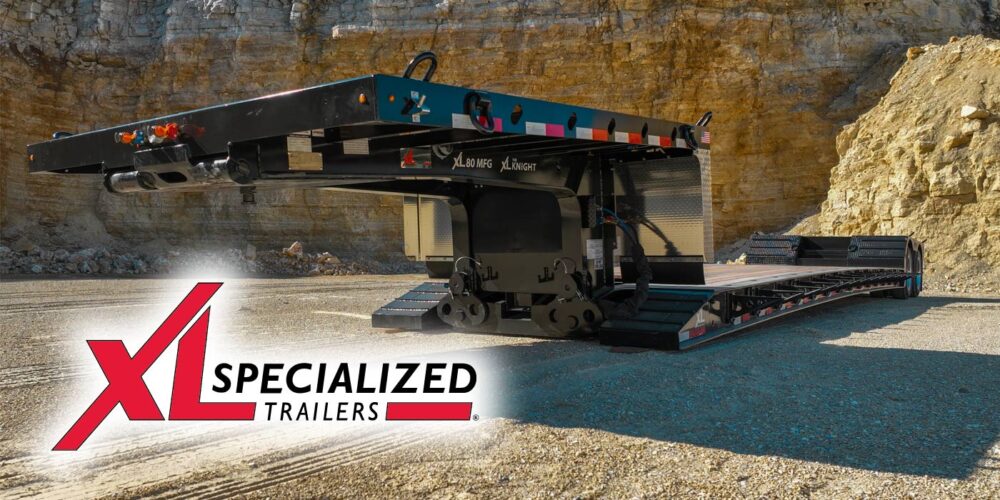
What’s wrong with your truck? How close is it to a dealership? How soon will a tech look at it? Does the dealership have the parts in stock? How long will the repair take? As a fleet manager, you’ve probably asked a service provider one, if not all, of those questions today, and the only answer more frustrating than the answer you didn’t want to hear is not hearing an answer at all.
“Communication is usually one of the biggest challenges,” said John Crichton, director of field support with Navistar. “Each fleet has different expectations and guidelines on how repairs are expected to be handled and when updates are required. Likewise, each repair location has processes they follow when diagnosing and repairing a truck. If those guidelines and processes are not understood by either party early on in the repair process, both parties become frustrated and this usually slows the repair.”
Whether you’re improving your service collaboration with a long-standing service provider or looking for a new partner to meet your service needs, you have to make sure they’re going to be there for you when you need them. Start by running through this list of questions. Dealerships have an intimate knowledge of the trucks that they sell, but they’ll typically repair any truck that rolls into their shop—but at what cost, speed and level of support?
“Dealers would generally have all the online tools for their particular make of vehicle, but it’s important to know if they also have the information readily available for other brands as well,” said Kristy LaPage, business manager for the Mitchell 1 Commercial Vehicle Group. “The days of leafing through repair manuals for information should be long past—but it’s possible that some service locations are still relying on printed material or in-house ‘knowledge’ to take care of your problem. It is imperative that an outside service location has the most comprehensive information available to correctly diagnose and fix the problem on any vehicle needing repair.”
The service details are in the data
A new level of service transparency is coming to HD service bays thanks to OEM dealer investments and inventive third-party providers.
“Dealers have a fantastic suite of technology services,” explained Brett Fincham, director of field service, national accounts with Daimler Trucks North America. “Dealers can look up warranty history, download fault codes and utilize mobile repair order write up tools to get to the issue quickly.”
But how does a fleet effectively work with a dealership to leverage those abilities?
“I think the challenge lies in developing the relationship with the dealer so they understand the fleet’s specs, business needs and unique expectations,” Fincham said, “so that they can react quickly when one of their trucks arrives at their dealership.”
The first step in establishing the relationship is the tried and true, and still highly effective, method of actually talking with your service providers. Pick up the phone, swing by the shop—there’s no shortcut in creating a relationship. The next step, however, is definitely a new-school approach—talk about and share data both ways.
“Without data integration, the relationship between a fleet and a service provider is not as effective, and as a result, downtime for routine service events and for repairs increases,” said Rob Bradenham, senior vice president of commercial vehicles with Decisiv. “Fleets and providers that are stuck using phone calls, emails, faxes, etc. to exchange the necessary information to conduct a service event [are more likely to run into] errors, rework, delays, unclear expectations, missed communications and an overall lack of transparency. This drives higher administrative costs on both sides, unnecessary downtime and potentially causes a fleet to fall short of its operational commitments.”
There’s power in data, but there is some information you don’t share with even the closest of business relationships. A service provider has many customers, and a good number might even be your competitors. You want to ensure that you’re keeping your truck equipment operational and service data secure, and that your service partner is as well.
“If the repair location is asking for information that doesn’t relate to the repair or billing information for non-warrantable repairs, I would be cautious releasing many details until it is clearly understood why the information is needed,” Navistar’s Crichton suggested. “If repair location is being used for the first time, my recommendation is that the communication
To show you how your truck is progressing through the service process, some providers are opening a digital portal into shop operations. Daimler Trucks North America offers Service Tracker via its Elite Support dealerships. Service Tracker is a web-based, mobile-compatible application that enables customers to track their service in real time, on demand. Customers can opt to receive notifications about the repair status of their vehicle, review and approve estimates and communicate in real time with the service location.
Decisiv recently collaborated with Trimble to launch the TMT ServiceConnect module, which enables fleet shops using Trimble’s TMT Fleet Maintenance software to be connected to more than 4,500 medium- and heavy-duty service locations, including many OEM dealers, throughout North America—streamlining the service data flow.
“Ideally, a fleet service manager is able to share data with a service location in a single digital platform,” Decisiv’s Bradenham said. “This single platform should connect a fleet’s maintenance management system electronically with the systems that a service provider uses to drive service events and communicate with customers. This data sharing should ideally not be powered by disconnected methods of communications such as phone calls, emails
At the most basic level, this is exactly what the TMT ServiceConnect module does.
“Fleets are looking for service providers that continuously communicate the status of the service event and whether expectations are going to be met or need to be adjusted,” Bradenham said. “While fast turn time is important, with the wide variability of potential service and repair scenarios, fast turn time needs to be paired with consistent service experience and transparency throughout the process. A critical part of that transparency is a rapid check-in and triage process that is able to quickly determine whether the service can be completed quickly and get the asset back in operation, or whether the fleet needs to make alternative arrangements, such as repowering the load, in order to meet their operational commitments.
“A service provider that has implemented a robust SRM platform will have warranty data, service campaigns/recalls, service history, telematics, plug-in diagnostics, driver reports, check-in inspection data, meter data, planned maintenance schedules and even oil analysis or other condition data available at their fingertips to drive that informed triage and management of the service event—and enable consistent and reliable communication with the fleet.”
Now consider that all of this information can integrate into parts, bay and technician availability, and you start to see the power of a data-integrated service solution. If this digital reality makes your head spin, start by taking stock of how you organize your own service records. Then talk with your service provider about their systems and how you might be able to share the right data to make an immediate service impact.














